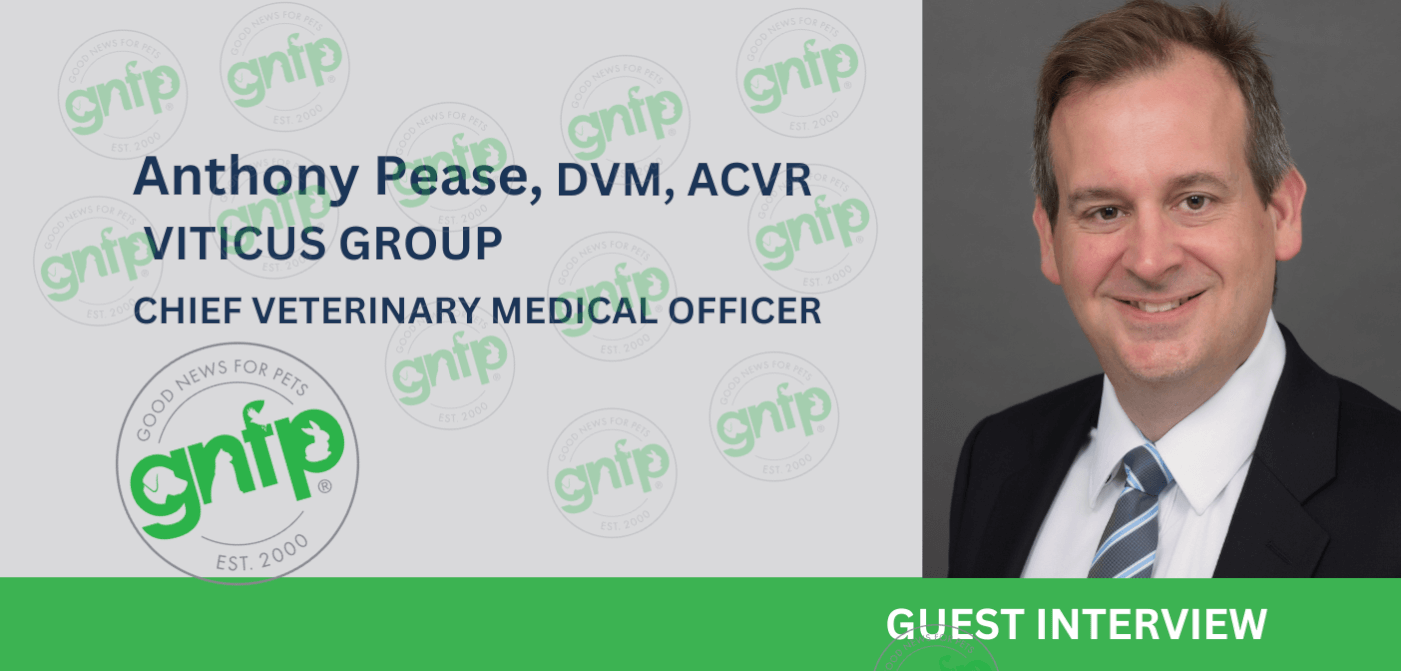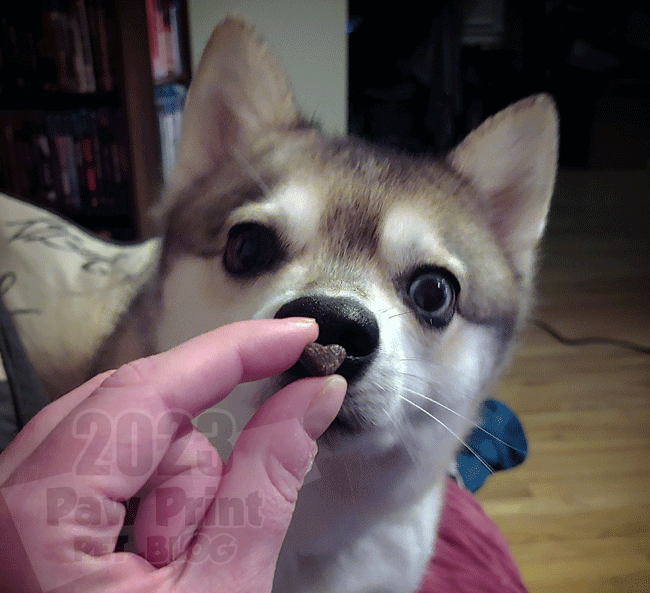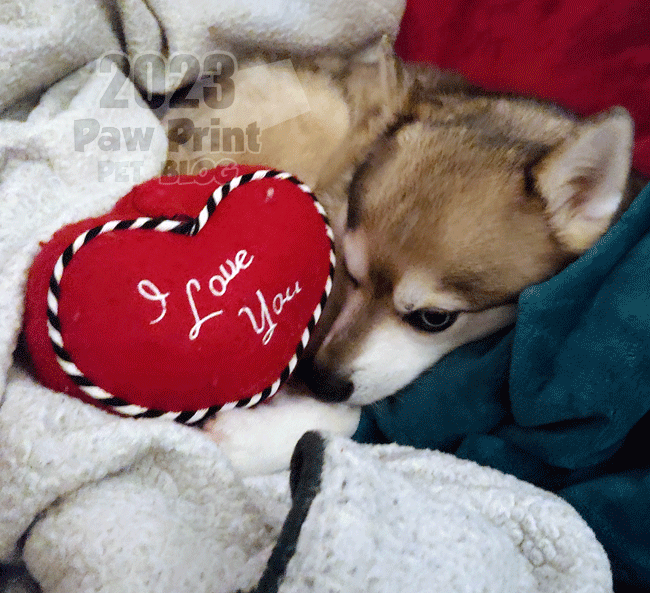For those of us who have the joy of owning a puppy or dog, there is nothing more special and beautiful than seeing our little buddies coming at us with those fluffy happy faces like they were yelling “I love you” when they see us. For this reason, we as pet owners try to do our best to simply give them the very best experience they can possibly have while they live their lives by our side.
This is why we make sure to be informed about how to keep our dog or puppy in the best health condition they can be. We all want our best friend to be happy and live as long as possible. And there are ways we can make sure our canine friends are always in great shape and feeling good.
Puppyhood

Before we start talking about how to boost our dog’s immune system we must first understand what it is and how it works.
The immune system of a dog, just like our own human immune system, is what protects them from outside intruders such as viruses, toxins, bacterias, and other threats. The immune system is armed with a set of specialized cells, proteins, and organs that work together as a team to protect their bodies from getting sick or keeping disease at bay and helping in their recovery.
When a puppy is born, they receive a very important gift from their mother, their first milk. This first milk is produced by their mother’s mammary glands immediately following the birth of their newborn puppies, and it is called colostrum.
Colostrum contains antibodies and a high concentration of proteins that will protect the newborn baby against disease. These proteins will still be produced in the mother’s milk, but never as concentrated as it is present in colostrum. The nutrients provided by colostrum will also have some laxative effects that will allow puppies to pass their first stool and dispose of wastes that were produced in large quantities during birth.
Many people think colostrum replacement products will actually do the same job as their mother’s first milk, but this is not true. Colostrum replacement products actually come from cows and do not contain the same components, although it does have some proteins that are common in all mammals.
When a puppy lose their mom for whatever reason and fails to receive colostrum from her, it is very difficult to raise them as they lack the resistance that they were going to be granted with their first milk; so they will get sick very easily and are at a high risk of dying when they’re still babies.
When a female dog gives birth, they’ll produce colostrum for several days, but it is most crucial for the newborn pups to get their mother’s milk within the first twelve hours after delivery. Drinking colostrum after this period of time does not have the same benefits, as their digestive systems will no longer soak up the antibodies anymore.
Puppies should nurse until they are at least four weeks old, but they shouldn’t leave their mother and littermates until they are at least eight weeks old. It is recommended to vaccinate your puppy between six to sixteen weeks of age.
Dogs that are younger than one year of age are generally considered puppies. But this varies from breed to breed. Some dog breeds mature earlier than others. You should determine when to stop feeding your dog with puppy food. Usually, small breeds can switch to regular dog food between nine to twelve months, and large breeds can take up to twenty-four months.
Boosting your dog’s immune system

When your dog has a strong and healthy immune system, it will be like having a protective force field around them; this might sound silly but it is like it is. The immune system is the first line of defense your canine partner has to fight against viruses, bacteria, parasites and other sort of pathogens that can hurt them and make them sick.
Even when your dog gets sick, the immune system will be the one working to restore your dog’s body back to health.When your dog’s immune system weakens, your dog’s body will be defenseless against chronic disease, toxins, illness and deterioration.
This is why it is so important to keep your dog’s immune system at its best in order to allow their body to be fully able to fight environmental pathogens and diseases. There are ways to boost immune system in dogs, like the following:
Keep your dog hydrated:
Just like us humans, dogs need water to keep the immune system strong. Fresh and clean water is fundamental for a healthy canine body to function properly. Keeping your buddy hydrated not only helps their body to dispose of those harmful toxins that are already in there, but it also has several benefits like regulating body temperature, process oxygen, help with blood flow and allow proper digestion of food and assimilation of nutrients.
So yes, drinking water is very good for your doggy; and they should be drinking at least twelve ounces of water for every ten pounds of weight. So you should know how much your dog weighs, in order to provide at least the minimum amount of water they need to keep them healthy. If your dog weighs fifty pounds, they should be drinking at least sixty ounces of water per day. You must be aware that this amount might increase if you have a very active dog, so don’t be afraid to give them as much water as they require.
Feed you dog properly:
A balanced diet is fundamental for a healthy immune system. Even when dogs are considered omnivorous like us humans, they need a higher proportional intake of protein, so if you plan to feed your dog a vegan diet you must be extremely careful, protein is the most important step in the dog’s food pyramid. Other requirements for dog’s food are fat, carbs, vitamins and minerals.
Antioxidants and other nutrients play a big role in keeping your dog healthy. Some very good sources of antioxidants are: Apples, plums, cabbage, broccoli and beans. Some dog foods contain antioxidants but not in important quantities to make a difference in your dog’s health. You can also provide your dog all the antioxidants, vitamins and minerals they need in the form of tablets. But you must be cautious, you don’t want to give your dog too much of these supplements as they might turn harmful in high quantities, consult your vet when you plan to give your dog any special supplement.
Keep in mind that your dog’s weight will also affect their general health condition, and make their immune system struggle. So check if they’re overweight, they might need to get on a diet, or need some exercise.
Keep your dog active:
Sedentarism is terrible for both humans and pets. Overweight dogs are at risk of suffering from a variety of conditions, from diabetes to heart disease. It is important to feed your dog properly and keep them active enough to burn all those extra calories.
There is a reason why people walk their dogs or pay someone to walk them. Dogs require physical activity to stay healthy. Other ways to help them burn those extra calories is by playing with them, they will enjoy this activity very much because they will be spending time with you. There is nothing better than having a healthy and happy dog.
Deworming your dog

One of the things you will have to deal with as a dog owner is the problem of parasites; dogs are ideal hosts for these. Dogs are always playing around dirt, trash, excrement, etc. sticking their noses and licking whatever they find on the street. It is only logical that they will get in trouble with parasites.
It is very probable that your dog will get worms at one time or another. Diarrhea and vomiting are signs that something is not ok, and you might want to take your canine friend on a trip to the vet in order to make sure your dog is indeed dealing with worms.
A fresh stool sample will provide your vet what they need to find out if your dog has worms or not. As tapeworms, hookworms, roundworms and whipworms will live in your dog’s intestines.
The sooner you treat your dog and deal with their worm problems, the sooner your dog will go back to normal and feel healthy again. Your vet will indicate what medicine will be better for your pet, these drugs usually will be effective against a wide range of parasites.
Don’t be surprised if you start to see worms in your dog’s poops after the deworming process has started, this is quite normal. These sorts of medications can come in the form of tablets, and you will need to make sure your dog swallows it all. For puppies, these tablets can be difficult to swallow so there are liquid options available for them.
You might want to prevent worms instead of treating your dog against them. Dogs who already suffered worms in the past might get infected once again as the worming medicine will kill the big worms but some eggs might still be left around your dog’s intestines. Your vet will decide how long you should keep giving your dog this medication until they are finally free from these parasites.
Regular treatment is the best defence against worms and other parasites. Regular worming throughout your dog’s life will help keep your dog healthy and happy. Make sure your vet checks your dog for all kinds of worms at least once a year. Get a prescription from your vet for the drug to prevent heartworms. Keep your dog flea-free. And keep your dog clean. They are not aware of the invisible dangers in the world, but you are. So do what you can to keep them healthy and feeling good.
What is the best way to deworm your dog?

The best way to deal with worms and build immunity on your dog is by giving them a blend of natural ingredients with all the supplements they need to remain healthy and happy. This is why we recommend Vibralife as a tasty way to give your dog a happy and vibrant life.
The all-natural ingredients baked into a pellet for topdressing your dog’s feed. It’s a tasty way to give your dog what they need. Helping to gently remove parasites, establish a thick and shiny hair coat, and heal the gut lining and stomach. It has also helped female dogs overcome reproductive problems, including infertility, insufficient milk supply, and inconsistent cycles.
The Reed Sedge Peat and Diatomaceous Earth in Vibralife work as a team to bind and prevent parasites that are common in young puppies. Psyllium Husk works to heal and protect the stomach and gut lining, while the oils help improve digestion and skin and hair quality. Yeast and Kelp help the immune and reproductive systems. Unlike most commercial dewormers that are hard on lactating females, Vibralife supports healthy lactating.
Natural ways to prevent worms

So you are looking for natural ways to prevent those annoying worms from getting into your fluffy friend’s life. Prevention is always the best defense. Although they are not as effective as medicine prescribed by your veterinarian of trust, or Vibralife Health Supplement Multivitamin and Natural Dewormer; these alternatives can help prevent parasites from getting into your fluffy friend:
Chamomile is a herb that comes from daisy-like plants of the family Asteraceae. Chamomile has been used in traditional medicine across the globe for thousands of years. It can help with bloating and inflammation caused by internal parasites, and sometimes get rid of whipworms and roundworms.
Apple cider vinegar is another well known traditional natural medicine. It is basically apple juice with added yeast that turns the juice’s sugar into alcohol through fermentation. Then, non harmful bacteria turn the alcohol into acetic acid. There are several benefits that come from drinking apple cider vinegar, among those is to increase the alkaline levels in your dog’s intestines making it inhospitable for parasites and worms.
Coconut oil can also help eliminate worms from your canine friend’s body, it has antibacterial and antiviral properties that may help clear a pinworm infection. It also has other health benefits like fighting fungus, boosting metabolism, preventing skin infections and more.
These are just a few examples of natural alternatives to prevent worms and other parasites to get into your little buddy. Keep in mind that medication and a strong immune system will always be the most efficient way to deal with this sort of problem.
Dog Owners

There are several things you must remember as a responsible dog owner in order to keep your dog healthy and happy. A balanced diet, avoiding overweight and providing vitamins and nutrients is top of the list along with exercise and everyday activity. Remember that your vet will always know what is best for your dog, so don’t miss annual check outs.
Worms and other parasites are a serious matter to be always aware of, the process of deworming can get really unpleasant, both for you and your dog. The best defense is prevention, there is medicine your dog should take recurrently to avoid worms, there are also amazing blends that will provide everything your dog needs to fight, get rid and prevent these parasites. And there are also natural alternatives that can do a lot of good to your dog.
The most important thing is to try to keep yourself informed about your dog’s health. It’s not easy to be a dog owner, but having a happy pet who loves you unconditionally is truly worth it.
Source link
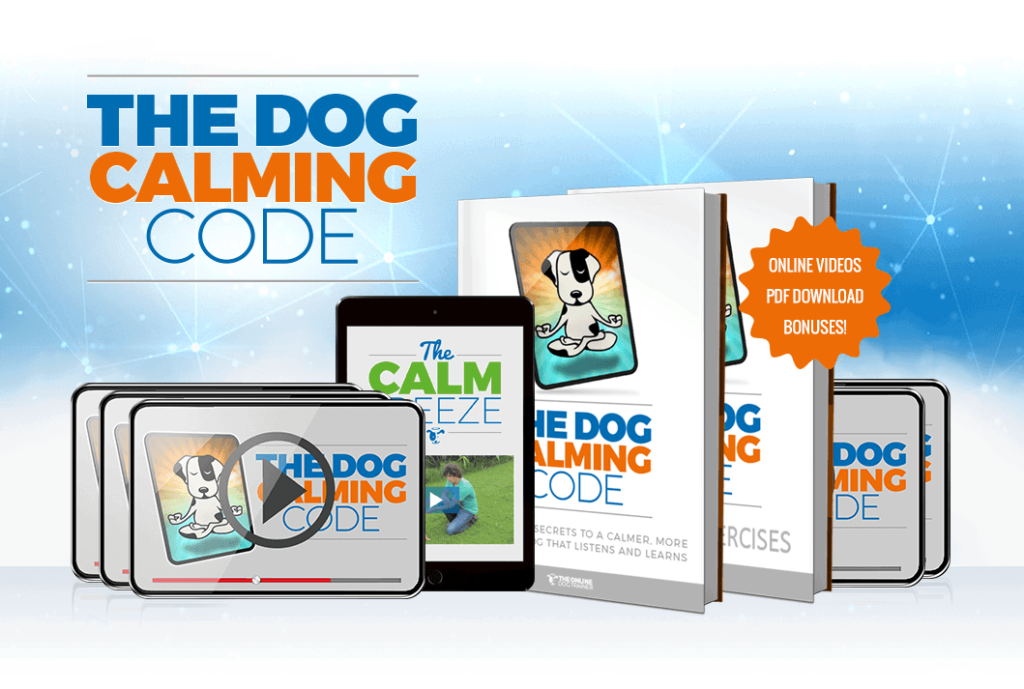

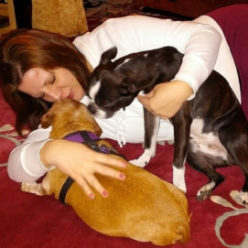



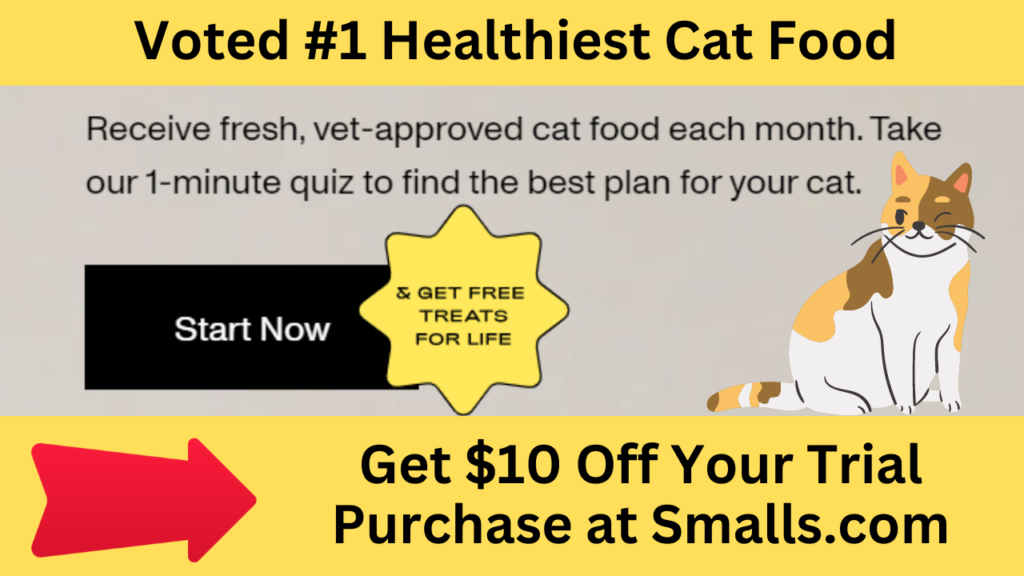
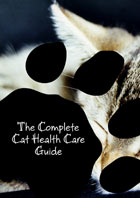

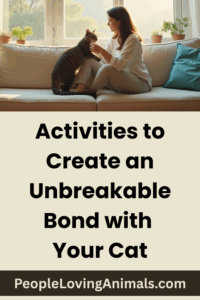
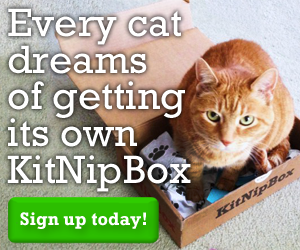
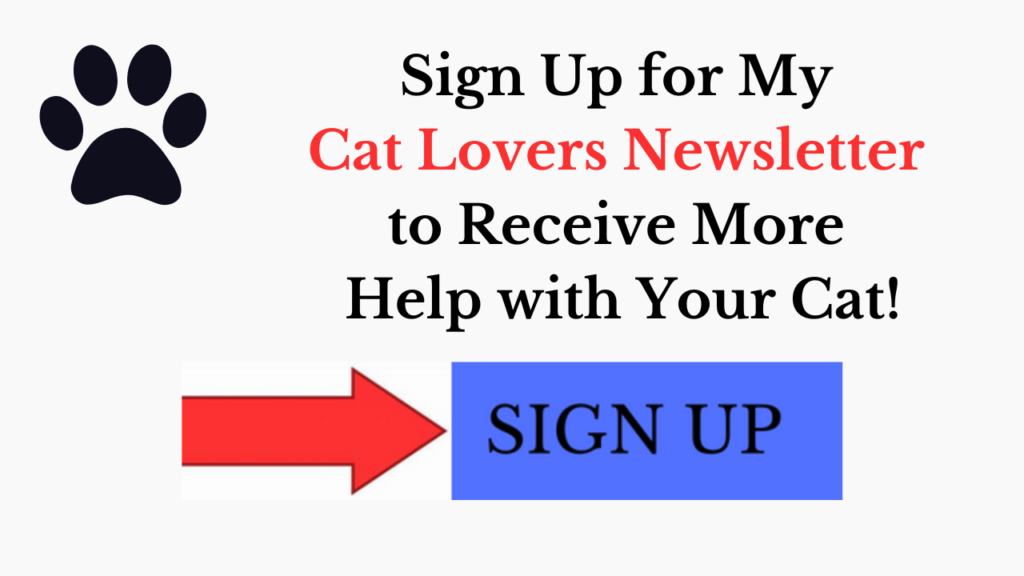







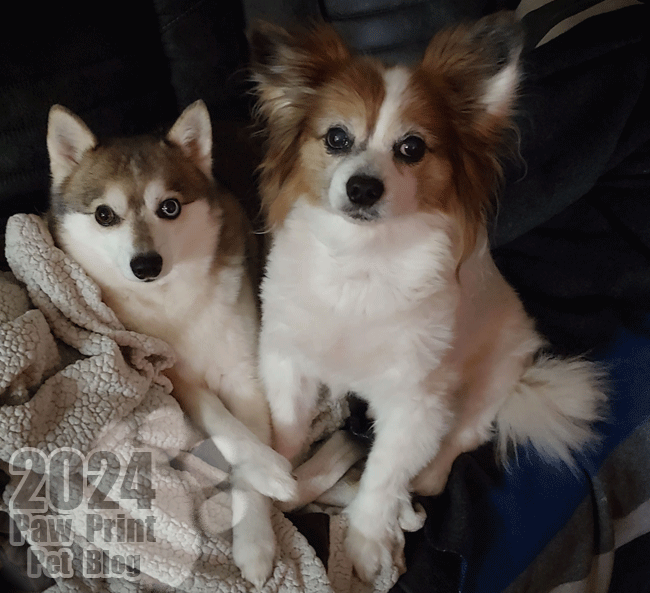

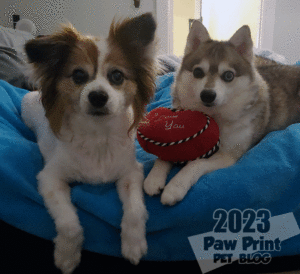 The first couple of days without Kitsune were especially hard. Fen whined a lot, and spent time running around the house trying to find Kit. Our biggest problem, by far, in dealing with Fenrir after the loss of Kitsune has been getting Fen to eat consistently.
The first couple of days without Kitsune were especially hard. Fen whined a lot, and spent time running around the house trying to find Kit. Our biggest problem, by far, in dealing with Fenrir after the loss of Kitsune has been getting Fen to eat consistently.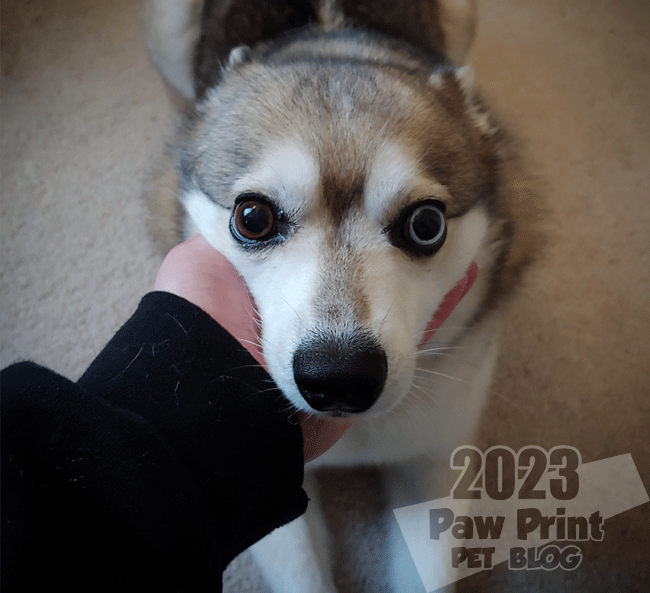
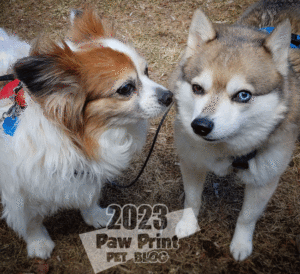 This is a question that seems to come up a lot when a dog passes from a multi-dog household. The answer, frustratingly enough, is that it depends. It depends on you, your remaining dog, your unique situation. There’s a lot to take into account before thinking about bringing a new dog home.
This is a question that seems to come up a lot when a dog passes from a multi-dog household. The answer, frustratingly enough, is that it depends. It depends on you, your remaining dog, your unique situation. There’s a lot to take into account before thinking about bringing a new dog home.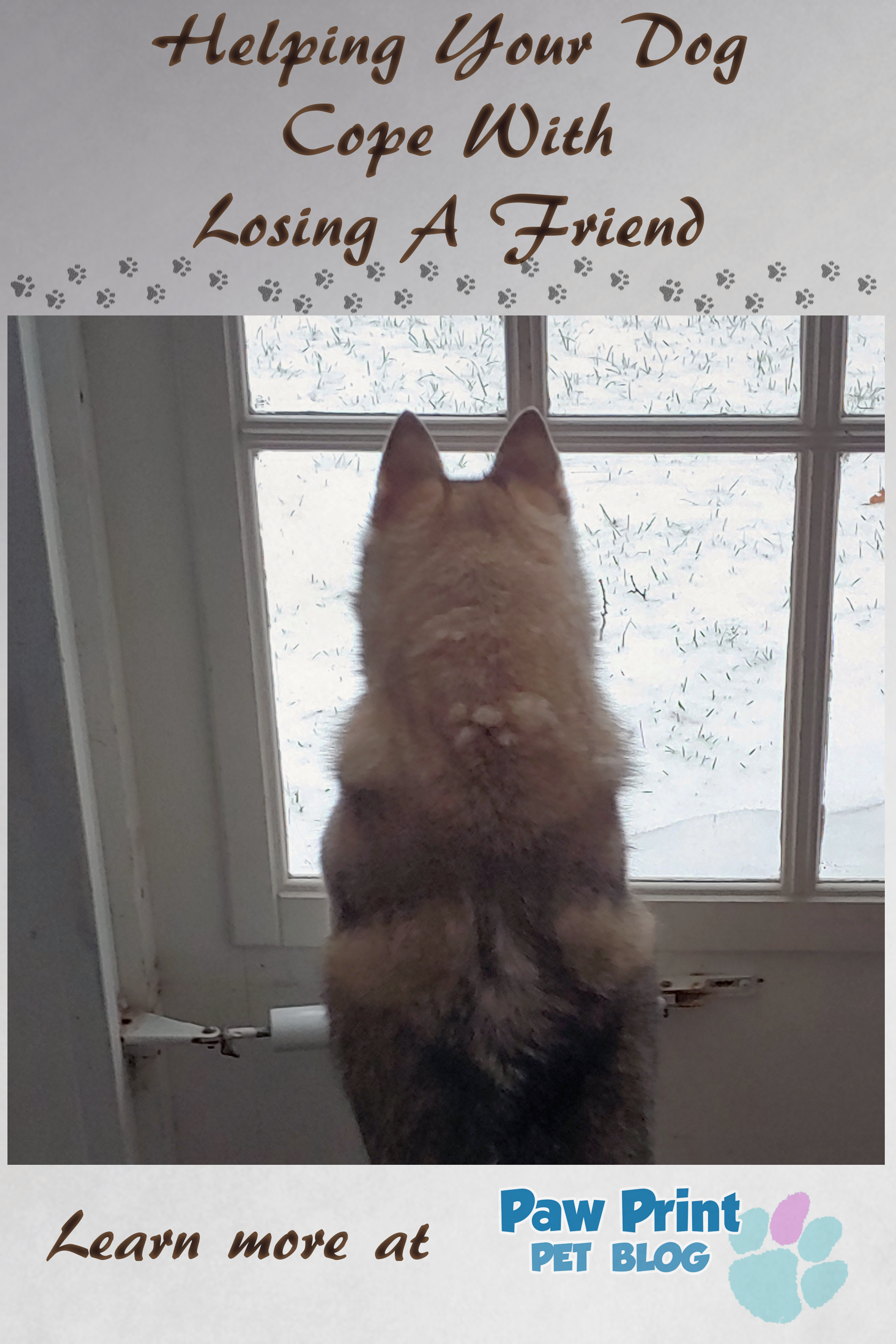
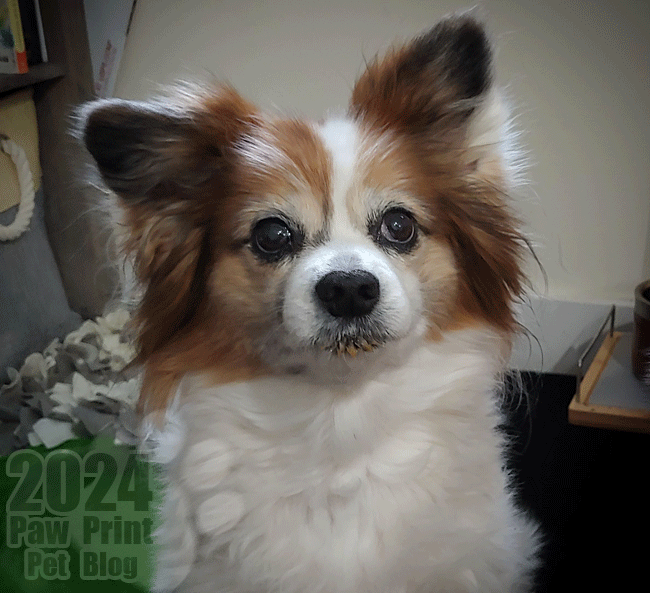
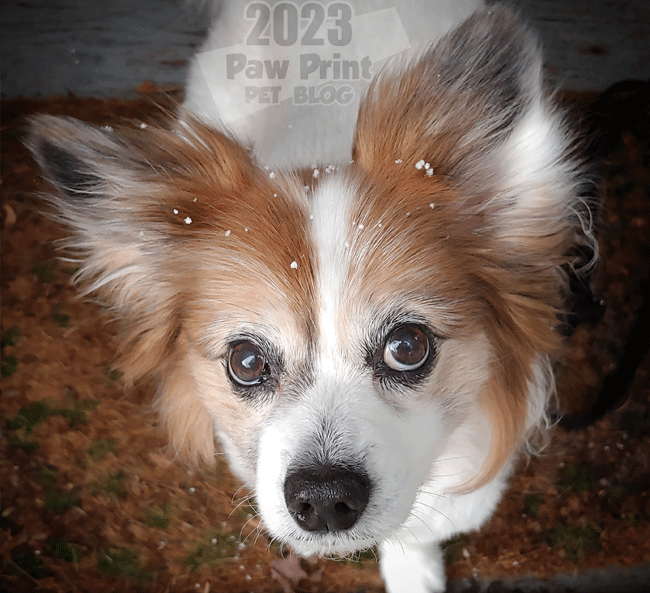
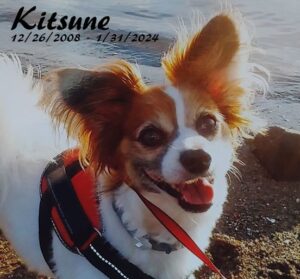 This is a dog blog after all. In January of this year (2024)
This is a dog blog after all. In January of this year (2024) 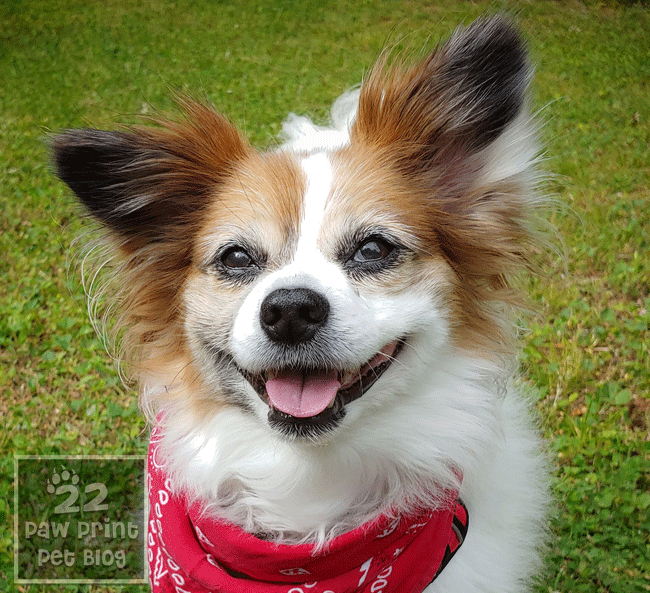
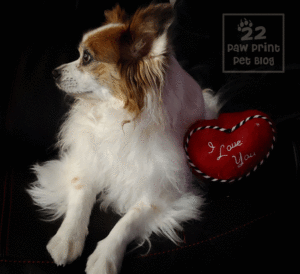 I feel like really appreciating the time I spent with Kit, and spoiling him so much, in a small way did help me deal with his death. I knew when he died that we had given him a good life. That I didn’t take him for granted and that, other than not finding out about his cancer sooner, I didn’t have any major regrets when it came to how I cared for Kit, especially in his senior years.
I feel like really appreciating the time I spent with Kit, and spoiling him so much, in a small way did help me deal with his death. I knew when he died that we had given him a good life. That I didn’t take him for granted and that, other than not finding out about his cancer sooner, I didn’t have any major regrets when it came to how I cared for Kit, especially in his senior years.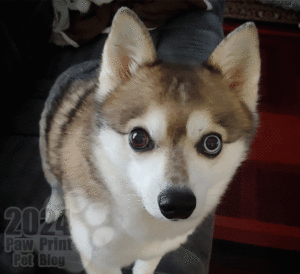 In my last post
In my last post
